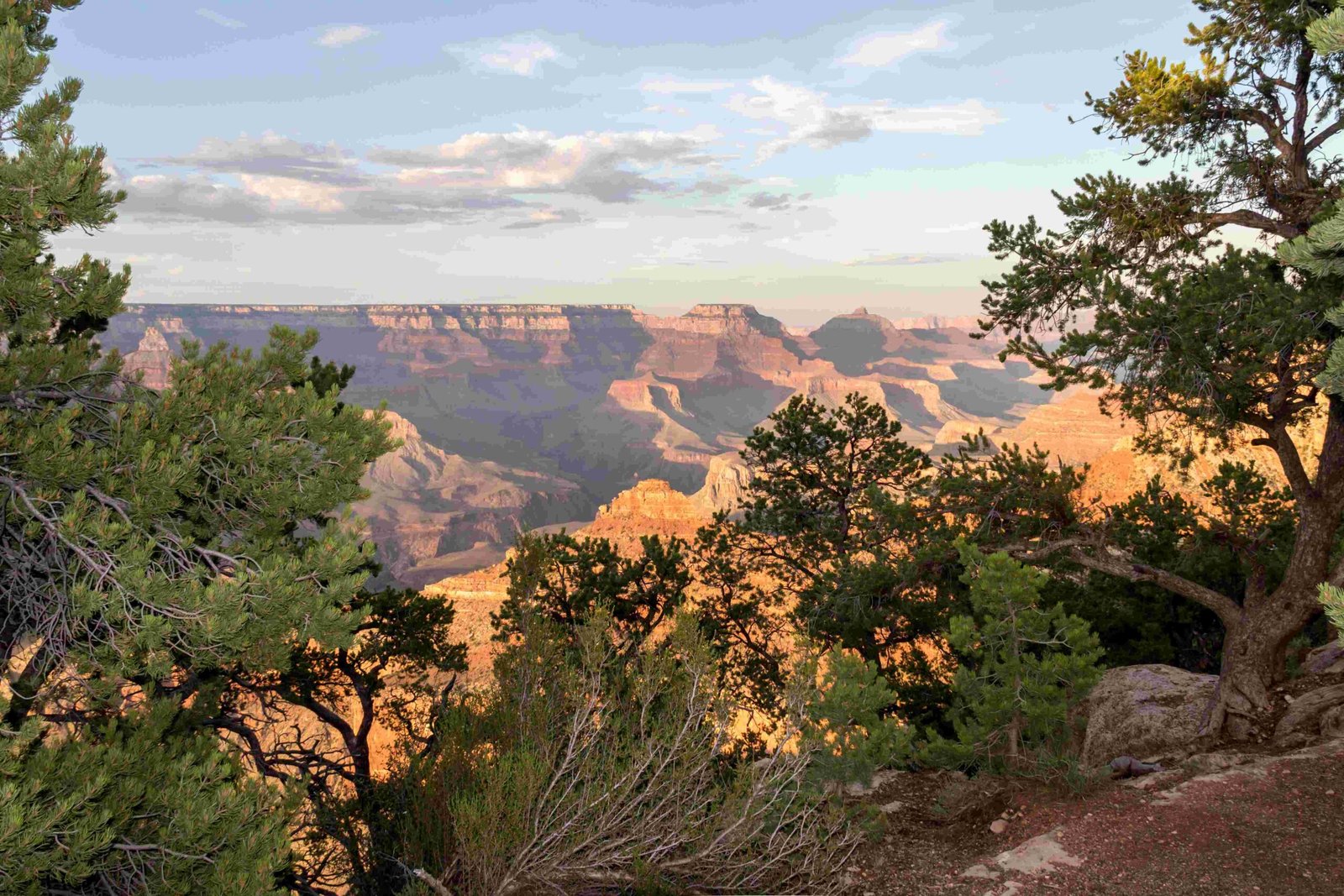The Grand Canyon represents a remarkable geological narrative where constructive and destructive forces collaborate to create one of Earth’s most spectacular landscapes. Over millions of years, tectonic movements, water erosion, volcanic activities, and climatic changes have simultaneously built up and worn down the Colorado Plateau, revealing a complex interplay of geological processes that transformed solid rock into a breathtaking 277-mile-long canyon with depths reaching 6,093 feet.
What Geological Processes Initiated Canyon Formation?

The Grand Canyon’s formation involves intricate interactions between constructive and destructive geological forces. These processes can be categorized into several key mechanisms:
Constructive Forces
- Tectonic Uplift: Raised the Colorado Plateau
- Volcanic Depositions: Created temporary landscape structures
- Sediment Accumulation: Built geological layers over millions of years
Destructive Forces
- Water Erosion: Primary mechanism of canyon carving
- Wind Erosion: Gradual rock surface wearing
- Climatic Changes: Accelerated erosional processes
How Did Tectonic Movements Contribute?

Tectonic activities played a crucial role in canyon formation:
| Geological Period | Uplift Characteristics | Impact |
|---|---|---|
| Laramide Orogeny | 75 million years ago | Raised Colorado Plateau by 2 miles |
| Late Cretaceous | 80-70 million years ago | Initial western canyon carving |
| Miocene Period | Last 6-5 million years | Modern canyon configuration |
What Role Did Water Play in Canyon Erosion?
Water emerged as the most significant destructive force:
- Colorado River Dynamics
- Steep gradient enabling rapid erosion
- Sediment transportation
-
Continuous rock cutting
-
Erosion Mechanisms
- Annual flood cycles
- Sediment abrasion
- Rock layer dissolution
Can Volcanic Activities Be Considered Constructive?
Volcanic processes demonstrated both constructive and destructive characteristics:
- Lava Dams: Temporarily blocked river flow
- Lake Formation: Created massive water reservoirs
- Geological Restructuring: Altered landscape topography
What Determines the Balance Between Construction and Destruction?
The interplay between constructive and destructive forces depends on:
– Tectonic plate movements
– Climate variations
– Rock composition
– Water flow dynamics
How Long Did These Processes Take?
The Grand Canyon’s formation spans approximately 70 million years, with most significant transformations occurring in the last 5-6 million years. This extended timeline highlights the gradual yet persistent nature of geological processes.
Key Insights
- Constructive forces build geological structures
- Destructive forces reshape and erode landscapes
- The Grand Canyon exemplifies a dynamic geological system
Conclusion
The forces that carved the Grand Canyon are neither purely constructive nor destructive but represent a complex, interconnected system of geological transformation. Each process contributes to an ongoing narrative of landscape evolution.

